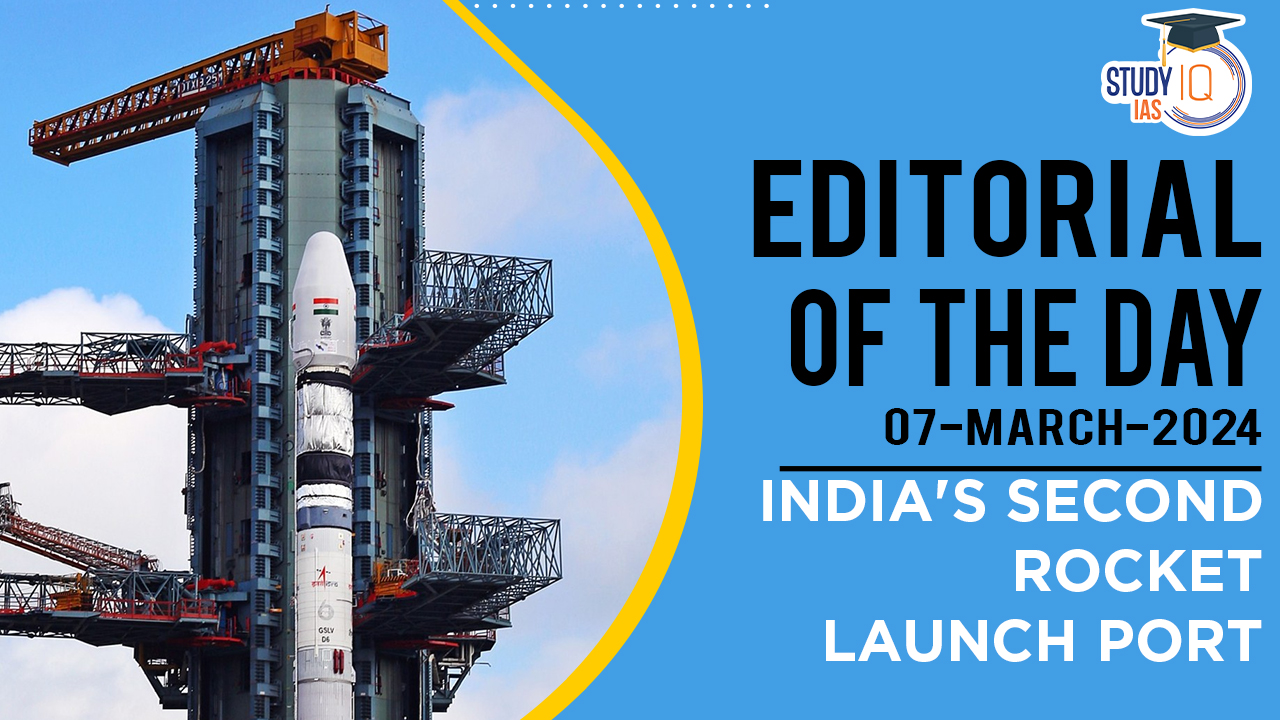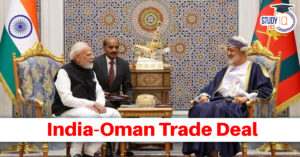Table of Contents
Context:
- Prime Minister Narendra Modi laid the foundation stone of the second rocket launchport of the Indian Space Research Organisation (ISRO) at Kulasekarapattinam in Tamil Nadu.
- It will be extensively and exclusively used for commercial, on-demand, and small satellite launches in the future.
Why does India need a new Launch Port?
- Increased Launch Traffic: The Indian government’s new policy allowing private players in the space sector is expected to lead to a significant rise in commercial launches.
- Easing Burden on Existing Port: To avoid overloading the existing Satish Dhawan Space Centre (SHAR) with the increased launch volume, a new facility is needed.
- Dedicated Purpose:
- SHAR will focus on launching larger payloads and India’s major missions (Moon, Venus, Gaganyaan).
- The new Kulasekarapattinam launch port will be dedicated to handling smaller payloads for commercial launches.
- Private Sector Participation: The new launch port will provide infrastructure for private companies to:
- Develop space-qualified components.
- Build satellites.
- Launch their own vehicles.
We’re now on WhatsApp. Click to Join
Reasons for New Launchport Location in Tamil Nadu
- Geographical Advantage for SSLVs:
- Kulasekarapattinam’s location offers a natural benefit for launching Small Satellite Launch Vehicles (SSLVs).
- It allows a straighter southward trajectory, saving fuel compared to the eastward detour needed from SHAR due to Sri Lanka’s proximity.
- This strategy is crucial for maximising payload capacity of lightweight SSLVs with limited fuel.
- Proximity to Equator:
- Both launchports are situated in southern India near the equator.
- As explained in the book “From Fishing Hamlet to Red Planet: India’s Space Journey,” closer proximity to the equator provides a significant velocity boost (around 450 m/s) due to Earth’s rotation, ultimately increasing payload capacity.
- This is particularly advantageous for launching geostationary satellites, which require positioning in the equatorial plane.
| Small Satellite Launch Vehicles (SSLVs) |
India’s SSLV Journey
|
| About SHAR Launch Center |
Facilities:
Launch pads:
Used for launching:
|


 Securities Markets Code Bill 2025: Towar...
Securities Markets Code Bill 2025: Towar...
 Weakly Interacting Massive Particles (WI...
Weakly Interacting Massive Particles (WI...
 India–Oman Trade Deal: CEPA Signed to ...
India–Oman Trade Deal: CEPA Signed to ...

























